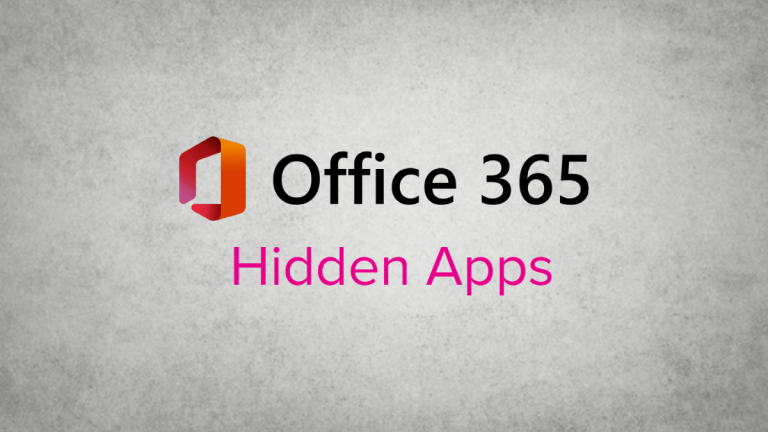At any time, your business could be subject to a ransomware attack. The only way to avoid the devastation this type of attack can cause to companies is to be prepared. Keep reading as we share the five steps any business should take to improve their ransomware resilience this year.
What is Ransomware?
Ransomware attacks are on the rise, but you might still be unsure what we mean when we speak about this type of attack. Ransomware is when a hacker breaks into your network, and they’ll then encrypt your data, so you are unable to access it.
In order for you to retrieve your data, you’ll need to pay a large fee for them to unlock it. As you can imagine, this type of attack can be incredibly costly and disruptive for companies, and the damage is often irreversible.
Due to the sudden changes that companies made during the pandemic, hackers have found new ways to attack unsuspecting business owners.
Should I Be Concerned About Ransomware Attacks?
Businesses operating in any industry need to be aware of the risks of a ransomware attack. While you might just be running a small business, hackers find these the easiest targets.
Small businesses usually invest less time and resources into security, making them easier to hack. In fact, a ransomware attack is estimated to take place every 14 seconds, with 42% of these attacks coming from phishing emails.
You might think an email you’ve received looks authentic, but in fact, just one bad link can disrupt your whole system. Anyone in your business could be the victim of an attack, so it’s critical that you make everyone aware of the risks of ransomware. Other common attacks include the use of malicious websites and compromised passwords.

How Much is the Average Ransom?
Hackers will base their ransom on the type of business you operate, and so naturally, they won’t ask for £100,000 from a small business owner. However, they might try to charge you £5,000, and there’s still no guarantee that your system will be safely recovered. 50% of business owners aren’t prepared for this type of attack, and so they feel they have no choice but to pay up to get their data returned. There are also indirect costs you must consider, such as the time you might lose when your data is missing. Productivity is often damaged, as staff will need time to recover and get used to any new security measures you put into place after an attack.
The 5 Steps to Maximise Your Ransomware Resilience
Now that you know the risks of ransomware attacks, it’s time to take preventative measures to ensure your company and systems are protected. By following these five steps, you’ll maximise your resilience and make it easier to recover if an attack was to occur.
- Pretend there is no software protecting your system – Many companies become complacent with security due to the software that’s protecting their system. Your team needs to be the first point of defence against potential cyber-attacks. This means you need to take the time to train every member of your team and ensure they are kept up to date with new threats. Make sure your training is engaging for your team members so that they are committed to protecting your company in the future.
- Ensure your IT partner has a robust security system in place – Your IT partner should offer you a combination of reactive and proactive support. As a business owner, you need to ensure you have robust system security and data protection in place. Reactive support means you have experts ready to help you if an attack was to occur. They’ll ensure that your business gets back to normality as soon as possible to minimise the losses to your income. However, in the long term, you need to focus on proactive support. There should always be someone keeping your systems updated and safe to avoid future issues.
- Invest in data recovery and backup – One of the basic requirements for any business is automatic off-site data backup. Make sure you have a comprehensive approach to looking after your business data in place. The National Cyber Security Centre recommends the following best practices:
- Constant backups in the cloud
- Immutable storage
- Firewalls to restrict data coming in and out
- Have a plan in place for cyber-attacks – Should the worst-case scenario happen, you need to take action as soon as possible. Have a detailed plan in place which everyone in your team is aware of. Make sure you test out this plan regularly and keep multiple copies of it around your office. Figure out what needs to be prioritised if an attack was to occur, as every second counts during a cyber-attack.
- Always be prepared – By following these five steps and creating a layered recovery approach, you’ll reduce the chance of an attack ruining your business. When a cyber-attack does occur, you want to restore your data and get back to business quickly. You’ll be able to protect your reputation and your finances with your proactive approach and ensure you don’t ruin your relationship with existing customers.

Ultimately, it’s not possible to guarantee your business will never be the victim of a cyber-attack. However, working with a trusted IT support partner can help to minimise the risk of this happening and assist with quick recovery should an attack occur. By planning how you will react in advance of a cyber-attack, you can make your business more resilient to ransomware. No business is too small to be concerned about ransomware attacks, so keep this in mind if you have just recently started operating.
For more information about protecting your business from ransomware attacks, contact our team today. We know that there’s a lot to understand when it comes to ransomware. We’ll be here to do as much of the hard work as possible for you so that you can focus on the more important daily tasks within your business.




